Click image to enlarge!
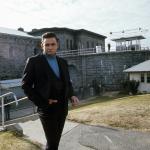
Tue, 07/03/2018
Opening Reception of Johnny Cash — 50 Years Since Folsom
OPENING RECEPTION
Johnny Cash - 50 Years Since Folsom
@sanfranciscoartexchange
Saturday, July 14
7:00PM –10:00PM
RSVP to register
2018 marks 50... read more

Thu, 06/07/2018
The Haight
Narrated video tour of the Haight Street mural, a collaboration of Jim Marshall Photography LLC and Wells Fargo.

Thu, 05/31/2018
Invite to 'PEACE' opening reception Leica Gallery LA
Leica Gallery
Los Angeles
PRESENTS 'PEACE'
OPENING RECEPTION: THURSDAY, JUNE 28, 2018, 6PM – 9PM
... read more
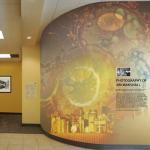
Thu, 05/31/2018
The Art of Jim Marshall Comes Home to the Haight
The Wells Fargo Bank branch in The Haight celebrates its world-famous neighborhood as the center of the '60s counterculture movement. After a private unveiling on June 7, the bank officially debuts to the public a new interior, transformed into an art gallery featuring Jim Marshall's iconic '60s photography from the acclaimed book 'The Haight: Love, Rock, and Revolution.' Also included in the... read more
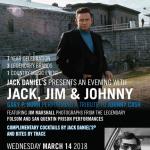
Fri, 03/09/2018
An Evening with Jack, Jim & Johnny
Jack Daniel’s Presents
An Evening With JACK, JIM, & JOHNNY
Wednesday, March 14 5–8 PM
3TEN ACL Live + Jack & Jim Gallery
310 W Willie Nelson Blvd.
Austin, TX 78701
Join us! RSVP at http://acl.live/jackandjim2018
Jack Daniel’s, Jim Marshall Photography LLC and Austin City Limits... read more
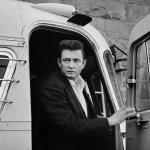
Fri, 03/09/2018
Johnny Cash at Folsom & San Quentin
From Reel Art Press and BMG Books, a new book featuring Jim Marshall's photography of Johnny Cash at Folsom and San Quentin prisons.

Wed, 11/15/2017
'The Week' Explores Jim Marshall's 'Peace' Photos...
From The Week magazine.
'The origin story of the peace sign' is an insightful review of PEACE (Reel Art Press), the celebrated new book of Jim Marshall's photography, which chronicles the peace sign's evolution and significance.
Purchase the book at amazon.com.
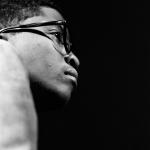
Thu, 10/26/2017
Jim Marshall's 'Jazz Festival' Livens Boston

Leica Gallery
Boston
PRESENTS 'JIM MARSHALL: JAZZ FESTIVAL'
TALK & RECEPTION: November 16, 2017, 5PM–9PM
... read more
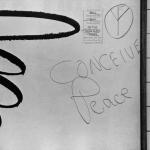
Fri, 10/20/2017
Peace Book Trailer
Book trailer for 'Peace,' published in September 2016 by Reel Art Press.
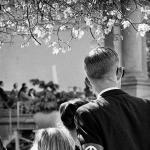
Thu, 10/12/2017
'PEACE' Comes to San Francisco Art Exchange
We invite you to the first West Coast exhibition and book launch of PEACE, Jim Marshall's stunning black-and-white photographic studies of the peace sign, a symbol embraced by the counterculture movement, which remains relevant as the universal message of free speech, opposition to war, nuclear disarmament, and hope.
Opening Reception
Friday, October 20,... read more
Pages
Check the vault for our vintage blog.